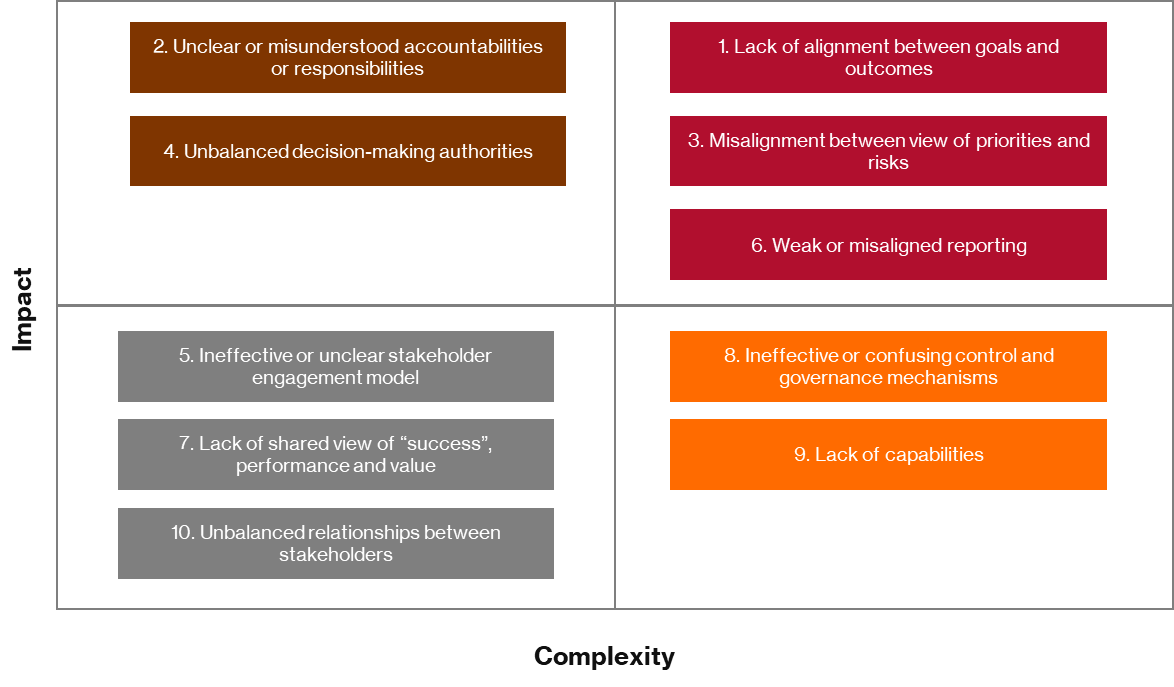We can all agree that “value” is important. We espouse and adhere to corporate values, we want to deliver value to customers, we want to create shareholder value, we care about brand value, value for money, quality, value-adding, and more besides.
Value is important, so we feel that we must measure it. But here’s the thing: value is easy to identify when you see it, but with evidence to review it’s harder to define and therefore measure. Value is not return, not price, not quality, not customer satisfaction, not speed, not other things; it’s some or all of them, when and where appropriate, almost on a case-by-case basis.
Analyse most successful firms (in any industry) and a common feature will be its agility – its ability to deliver, compete, change and grow. This agility is a product of defining value and alignment, since the alignment of strategy, outcomes, purpose and ways-of-working gives an organization a clear view of what to do at any time to win and gives a foundation for entrusting staff to all move together along the right path. These organisations are able to spend less time thinking about and deciding what to do, and more time actually doing.
Most measures of value relate to whether commitments have been met. Did we deliver what we said? Did our customers or clients feel that we met their expectations? Were we also efficient and effective in our delivery? Each of these is very different. Most organisations prefer broad quantitative measures that can be benchmarked and compared. Yet with the absence of any single measure and the fact that value is so subjective – situational, contextual, personal – assessing value is challenging. Assessment is needed almost for each interaction or transaction, and not so broadly that you can’t see the trees for the forest.
To understand how to measure value, you first need to define it. You’re setting the context for measurement – not only for what you will assess, but also for what you intend not to assess.

